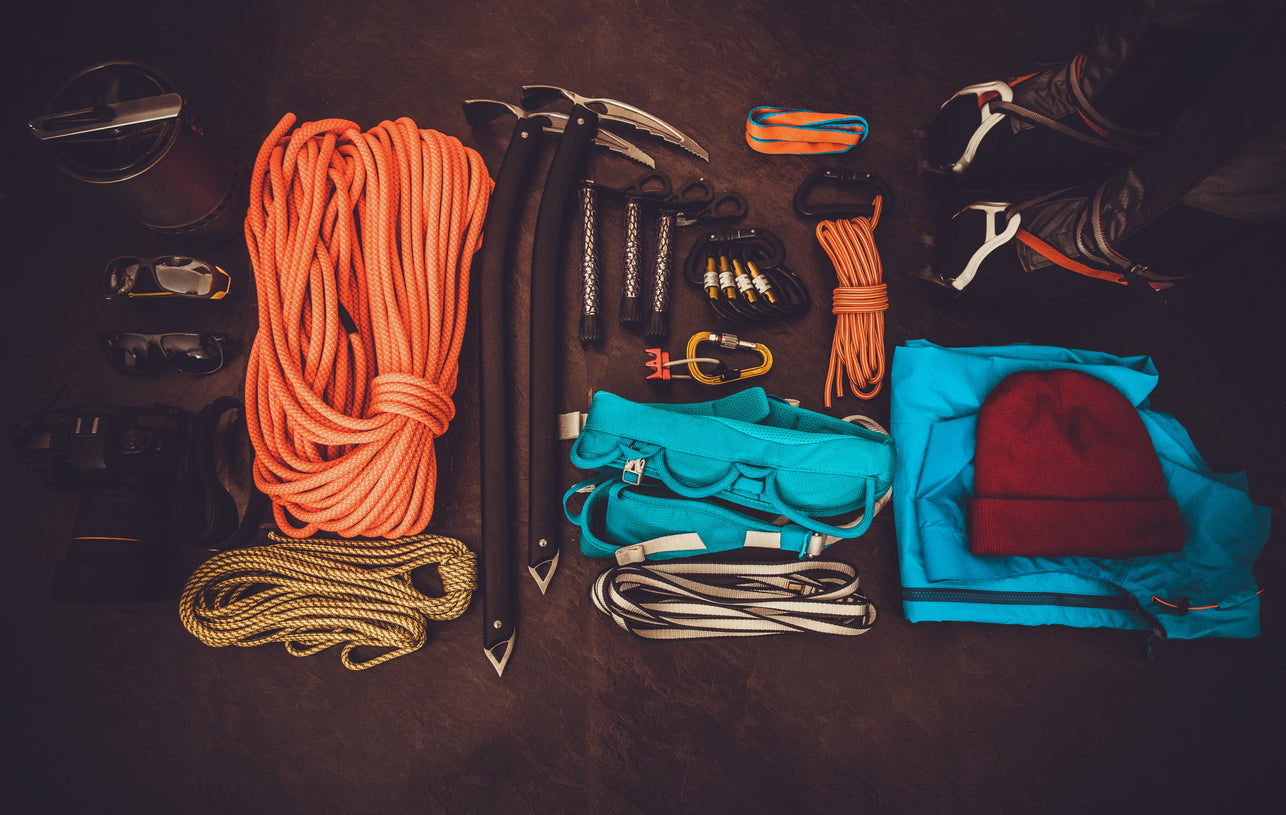
Climbing Gear from Beginner to Advanced: The Ultimate Checklist
There aren’t many outdoor activities and sports that challenge and excite quite like rock climbing does. Over the past few years, the sport has grown in popularity, leading to a frenzy of activity in creating the right climbing gear for all levels.
Finding the right climbing gear to meet your needs is essential. You need high-quality materials to keep you and your fellow climbers safe while on the wall or mountain. It’s also helpful to know exactly what kind of gear you need based on your level of experience with climbing.
That’s where we can help. We’ve compiled an inclusive rock climbing gear checklist to help you determine what you need based on your level of expertise.
Rock Climbing Gear Checklist
Most of the gear you need as a beginner is basic stuff you’ll also need at a more advanced level. When you’re ready to progress to the next level of climbing, simply add new elements to your existing gear base.
Best Beginner Rock Climbing Gear
The best beginner rock climbing gear will set you up for success as you begin to get hooked on this fun and exciting outdoor experience. Items to include in your pack are:
- Climbing Shoes: The best climbing shoes will fit your feet very snugly. Thinner than your average shoe, they are designed to help you wedge your toes in spots on the side of the rock to stay anchored and climb more successfully.
- Chalk Bag: A chalk bag is a small canvas bag that clips onto your harness and holds chalk. When your fingers begin to lose their grip, simply reach back and dust some chalk on them.
- Harness: The harness is a critical element of your gear–you need one if you’re doing any kind of climbing besides bouldering. It goes around your waist and upper thighs, connecting you to the rope as you climb. It also catches you when you slip. You need one if you’re doing any kind of climbing besides bouldering.
- Helmet: A helmet is another necessity. Climbing can be dangerous, and you should therefore be as protected as possible. No matter how you improve and how good you get, you should always err on the side of caution and wear a helmet.
- Belay Device and Locking Carabiner: When beginning climbers climb with a partner, a belay device is used. The rope feeds through your belay device, both while climbing and when you’re belaying a partner. A locking carabiner is also attached to your harness, which locks into position and stays firmly secured when climbing.
- Climbing Backpack: The best climbing gear bag is one made specifically for holding climbing rope and other climbing gear. You can use a regular bag to start, but the more advanced you become, it’ll be worth an investment into a bag strictly used for climbing.
Wondering how to pack climbing gear? Keep everything organized and pack your bag with the gear you need in ascending order. That way, you’ll have ready access to them in the order you need when you’re ready to climb.

Intermediate/Advanced Climbing Gear
As you move onto advanced climbing, you’ll need to stock up on advanced gear, including:
- Climbing Rope: Having your own rope is a mark of an advanced climber. Be sure to find one that is dynamic, with a little stretch and a lot of absorption. Plan on rope between 9.5mm and 9.9mm in thickness.
- Slings: Climbing slings are a way to secure yourself while you tie an anchor into place. They’re also useful as emergency harnesses.
- Quickdraws: A quickdraw looks like a nylon sling but has a locking carabiner at each end. You’ll start using these for sport or lead climbing. One end attaches to the bolt in the rock and the other to rope. Two can also be used to build a top anchor.
- Cams: Cams are part of trad climbing gear. Trad climbing requires a more complex set of climbing gear than other types of climbing, including cams. Cams can be slid into areas of the rock and expanded to hold in place and act as an anchor.
- Nuts: Nuts are a lighter (and less expensive) version of cams. They function the same way—a metal wedge goes into a crack of the rock, and a metal wire attaches to your rope by way of a quickdraw. When lead climbing, you’ll likely use a combination of nuts and cams.
Get Your Climbing Gear Today
Discover the perfect climbing gear for your skill level when you shop our online selection!


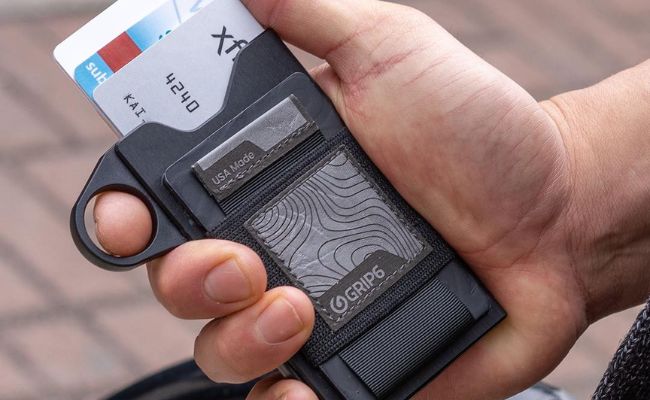
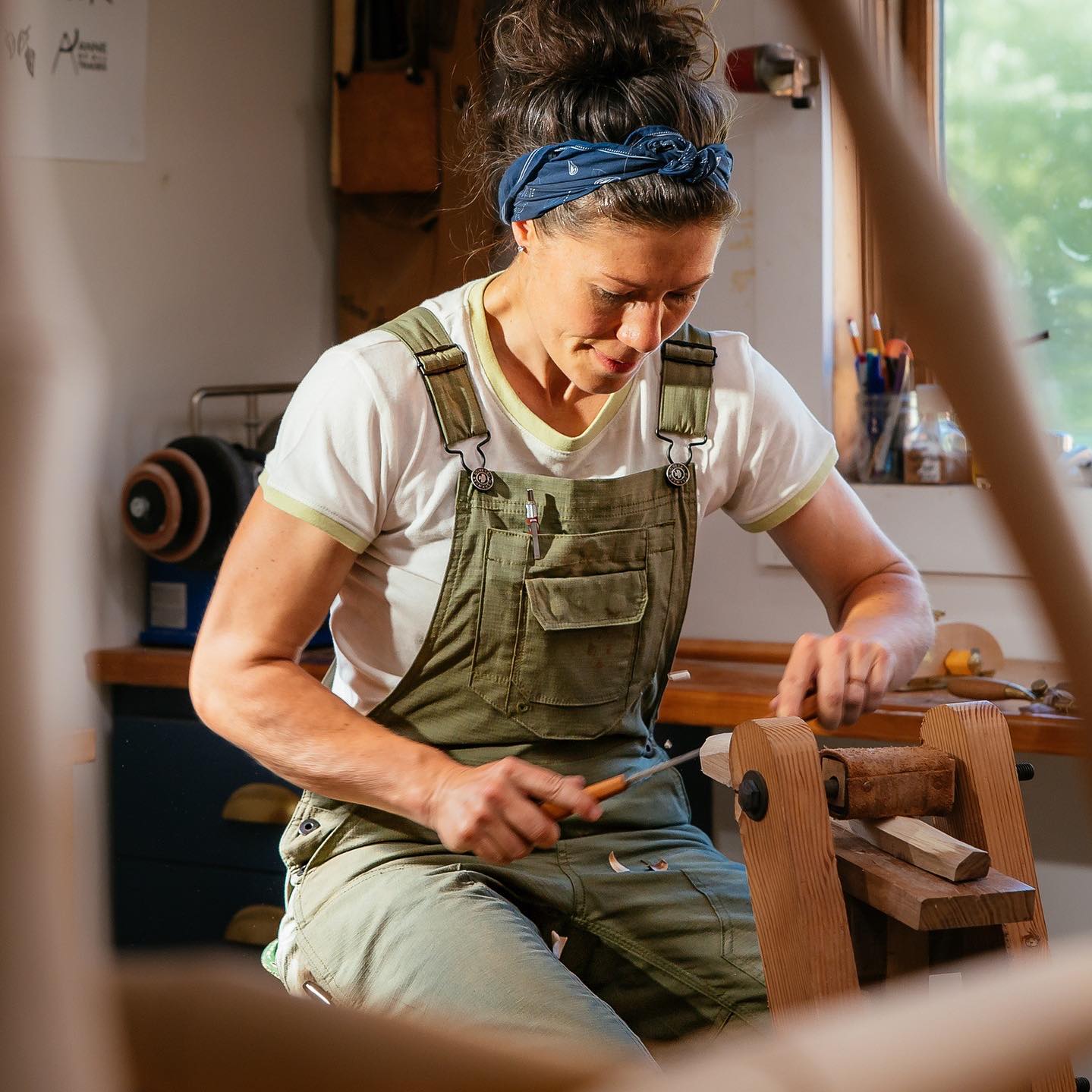
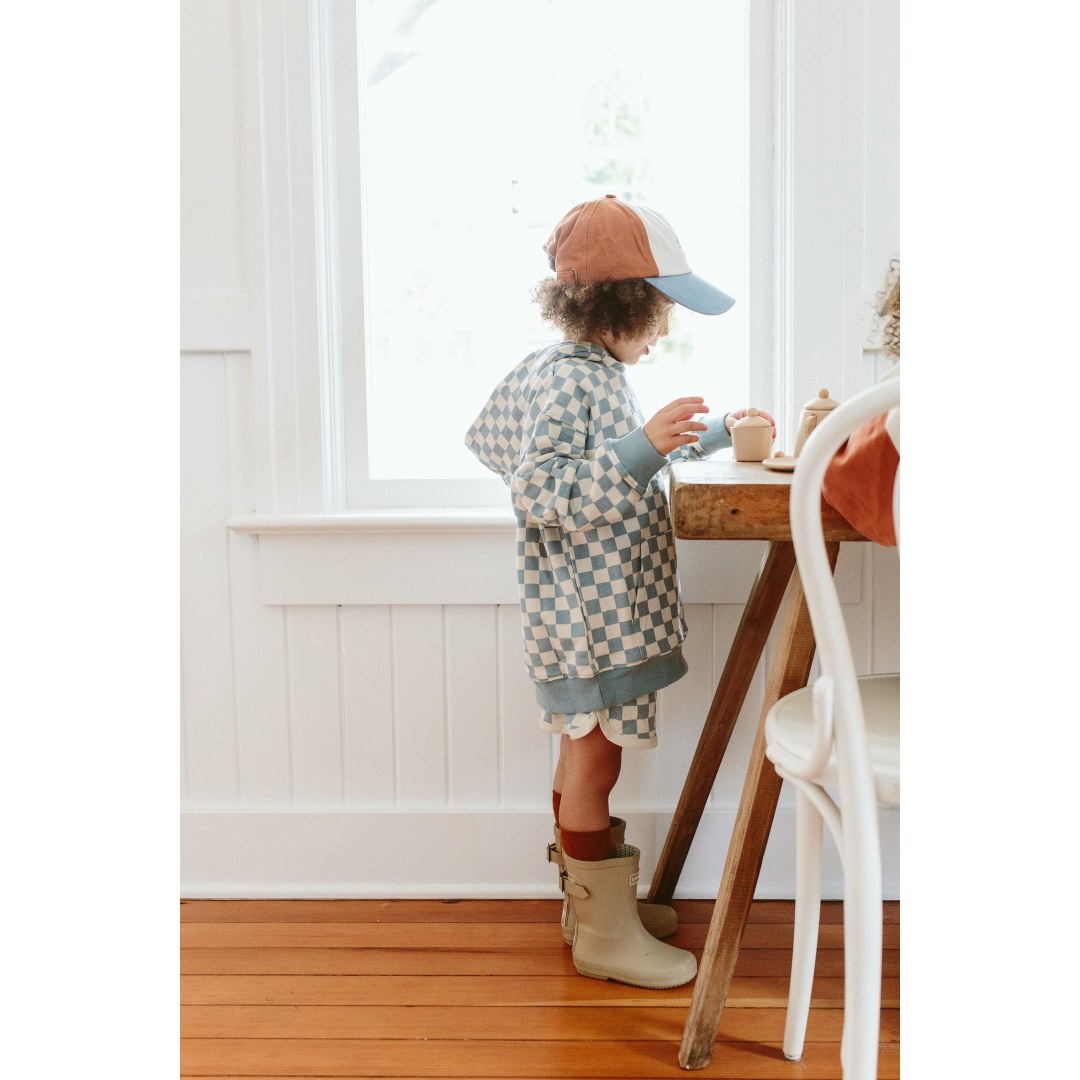
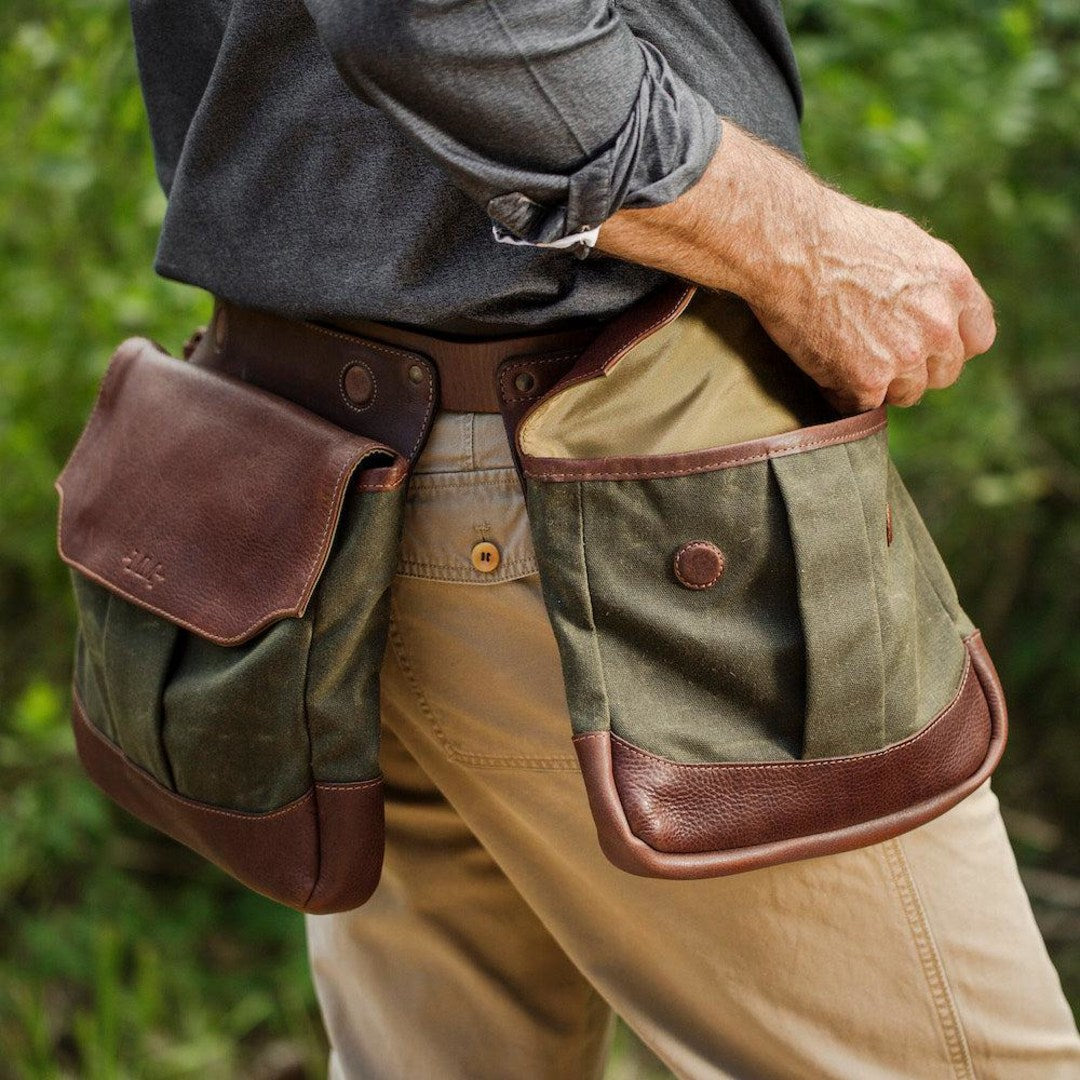
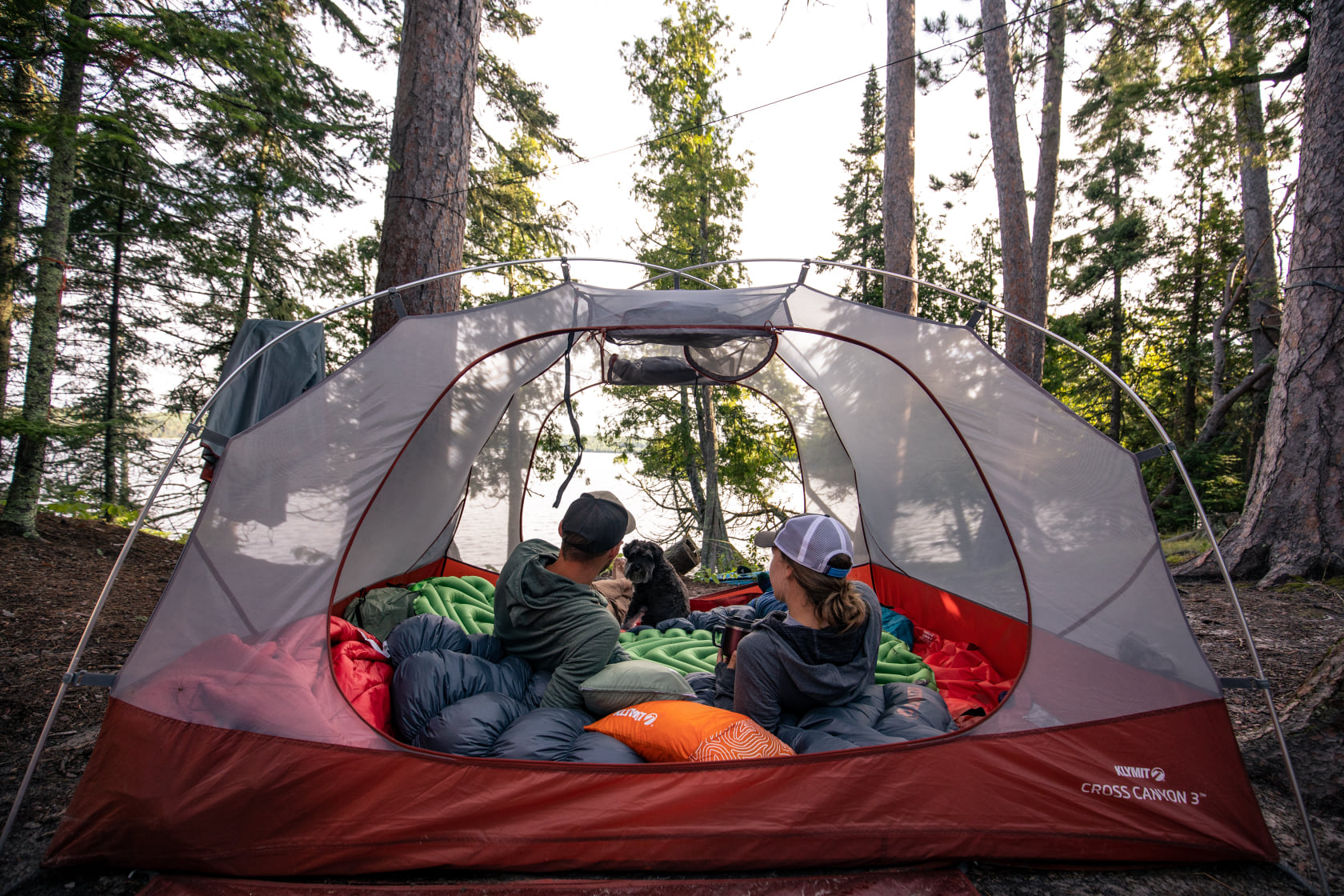

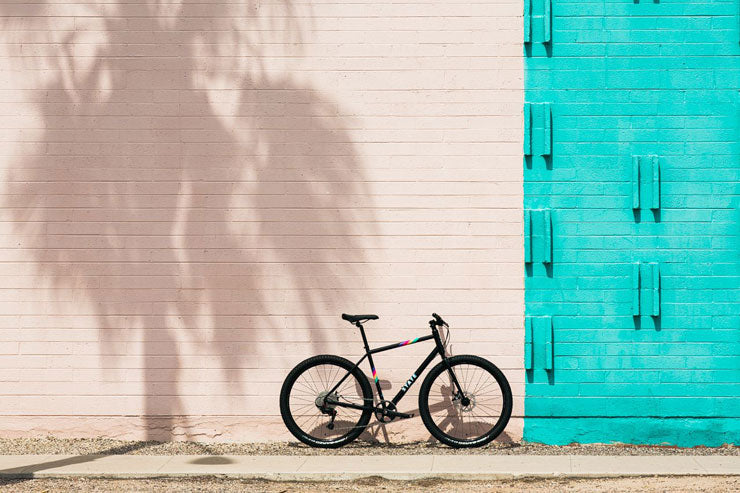


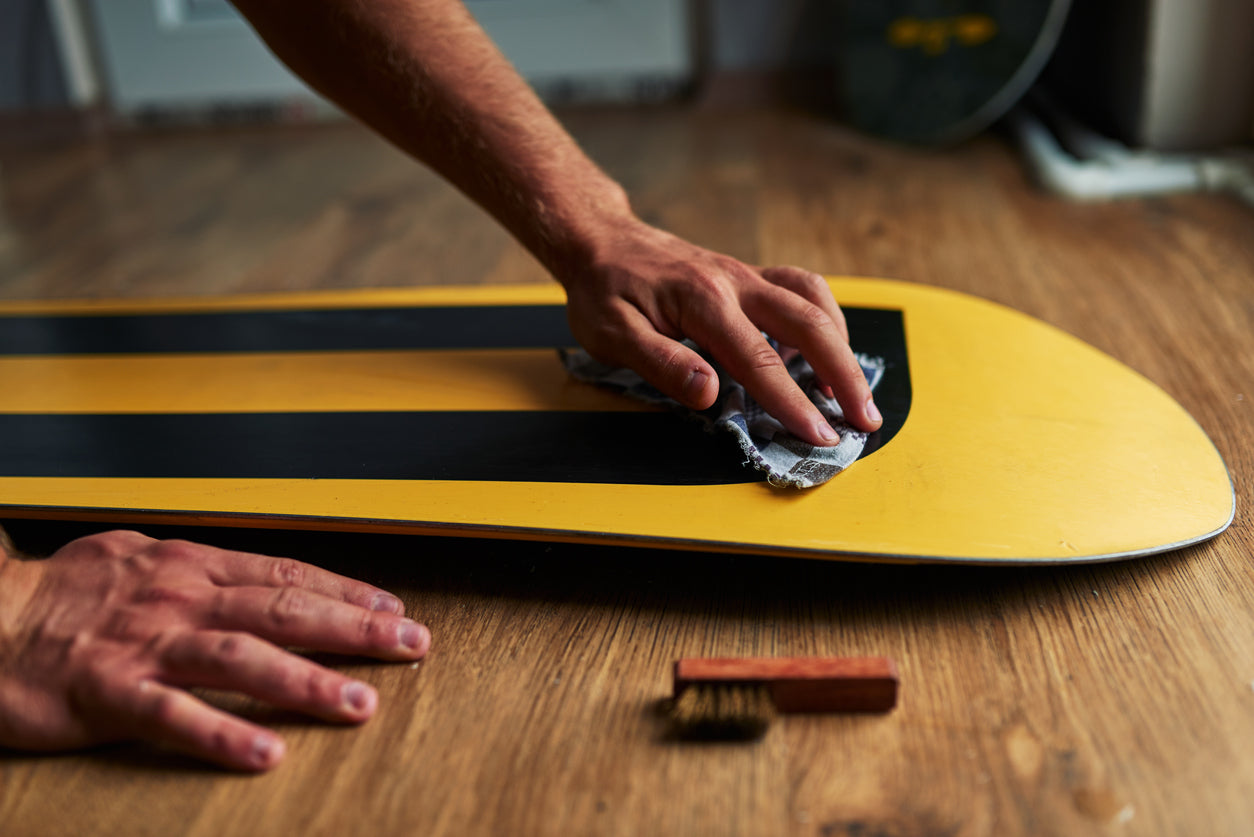
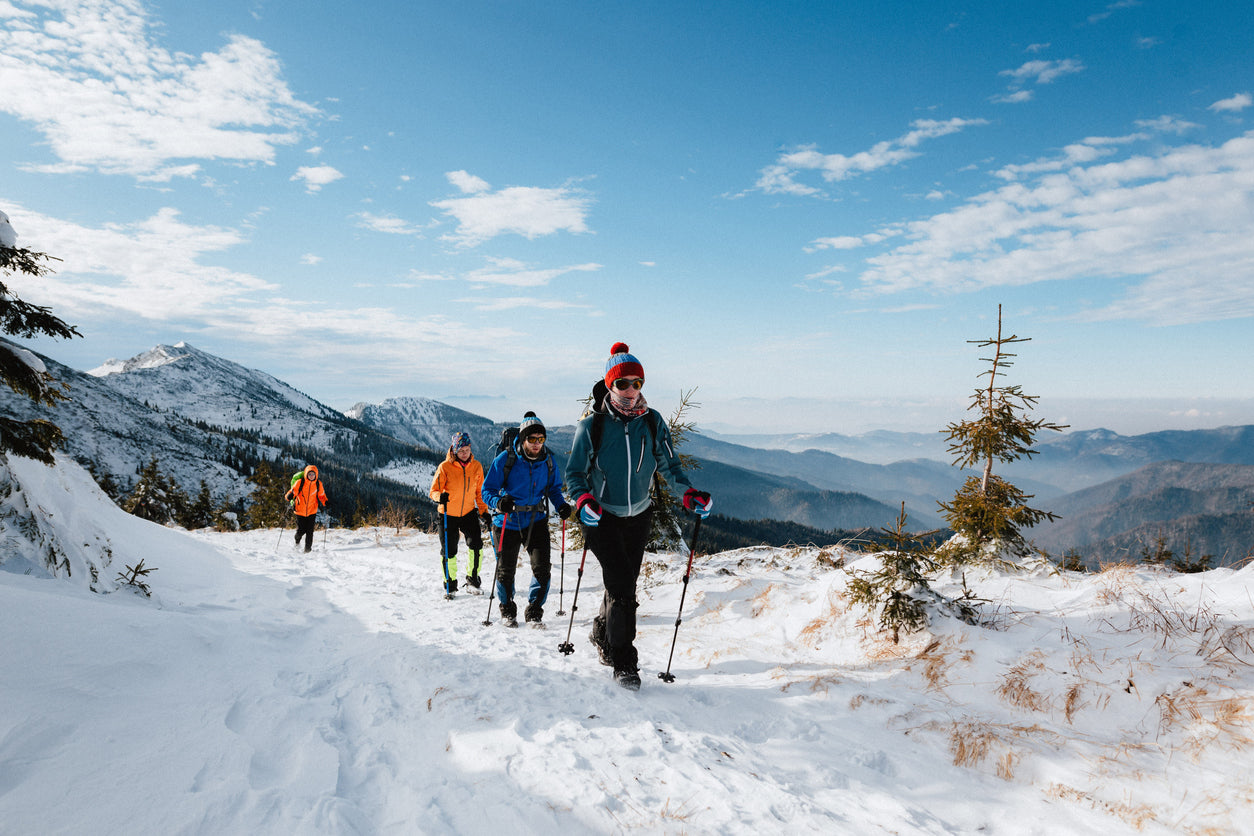
Leave a comment
This site is protected by hCaptcha and the hCaptcha Privacy Policy and Terms of Service apply.